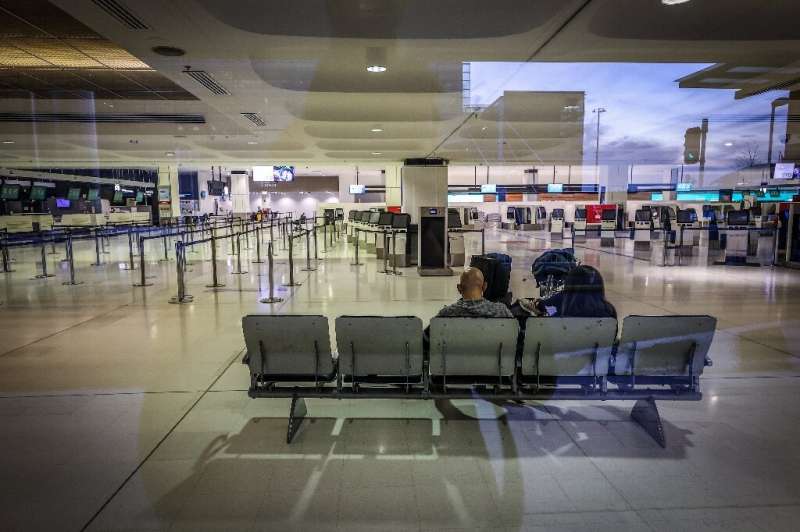
Australia’s population has declined for the first time in more than a century as pandemic-induced border closures stemmed the flow of overseas migrants, according to figures released Thursday.
The Australian Bureau of Statistics said the population grew by less than one percent in the year to September 2020, and actually declined in the last recorded quarter.
“The last time we saw population decline was the year to December 1916, during World War I,” said the bureau’s demography director, Phil Browning.
For centuries, Australia’s economic growth has been built on mining and agriculture and fuelled by several waves of mass migration from Europe, Asia and beyond.
But the country, the world’s largest island with only 25.7 million people, effectively sealed itself off from the rest of the world at the start of the COVID-19 pandemic.
The measures—coupled with aggressive coronavirus testing, tracing and snap lockdowns—have limited COVID-19 infections and allowed the economy to open up with limited restrictions.
“Decreases to overseas migration have been observed over the last two quarters,” Browning said.
“For this most recent quarter, the decrease was not outweighed by natural increase causing a small decline in population.”
Net overseas migration stood at 85,100 in the year to September, far fewer than the number of tourists who typically arrive to Australia each week.
Australia’s economy shrunk 1.1 percent in 2020, but looks set to grow strongly in the first half of 2021.
On Thursday, the Bureau of Statistics reported the unemployment rate fell to 5.8 percent in February, pointing to a better-than-expected recovery.
The number of people employed was now above 13 million, higher than levels seen at the outset of the pandemic in March 2020.
Source: Read Full Article
